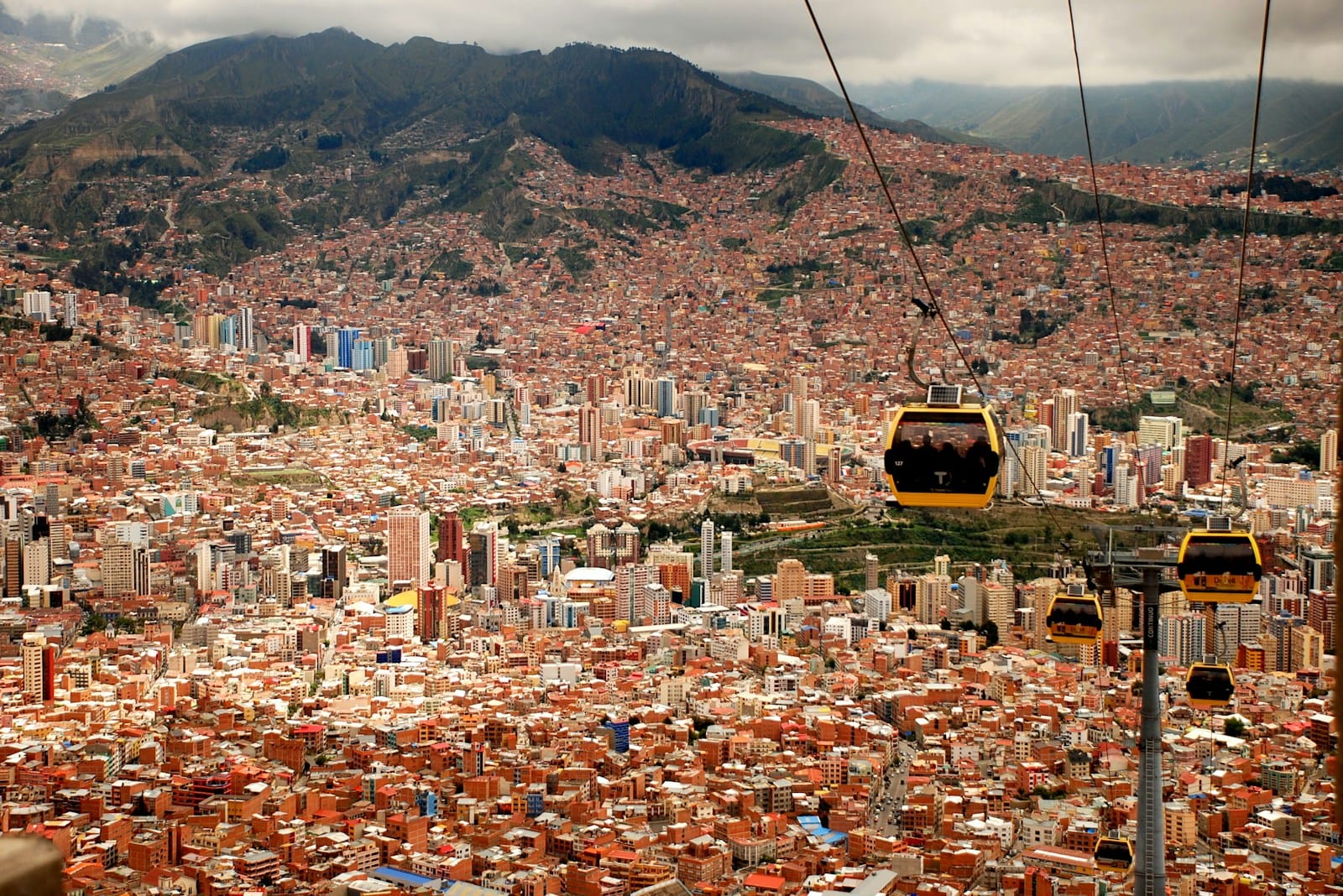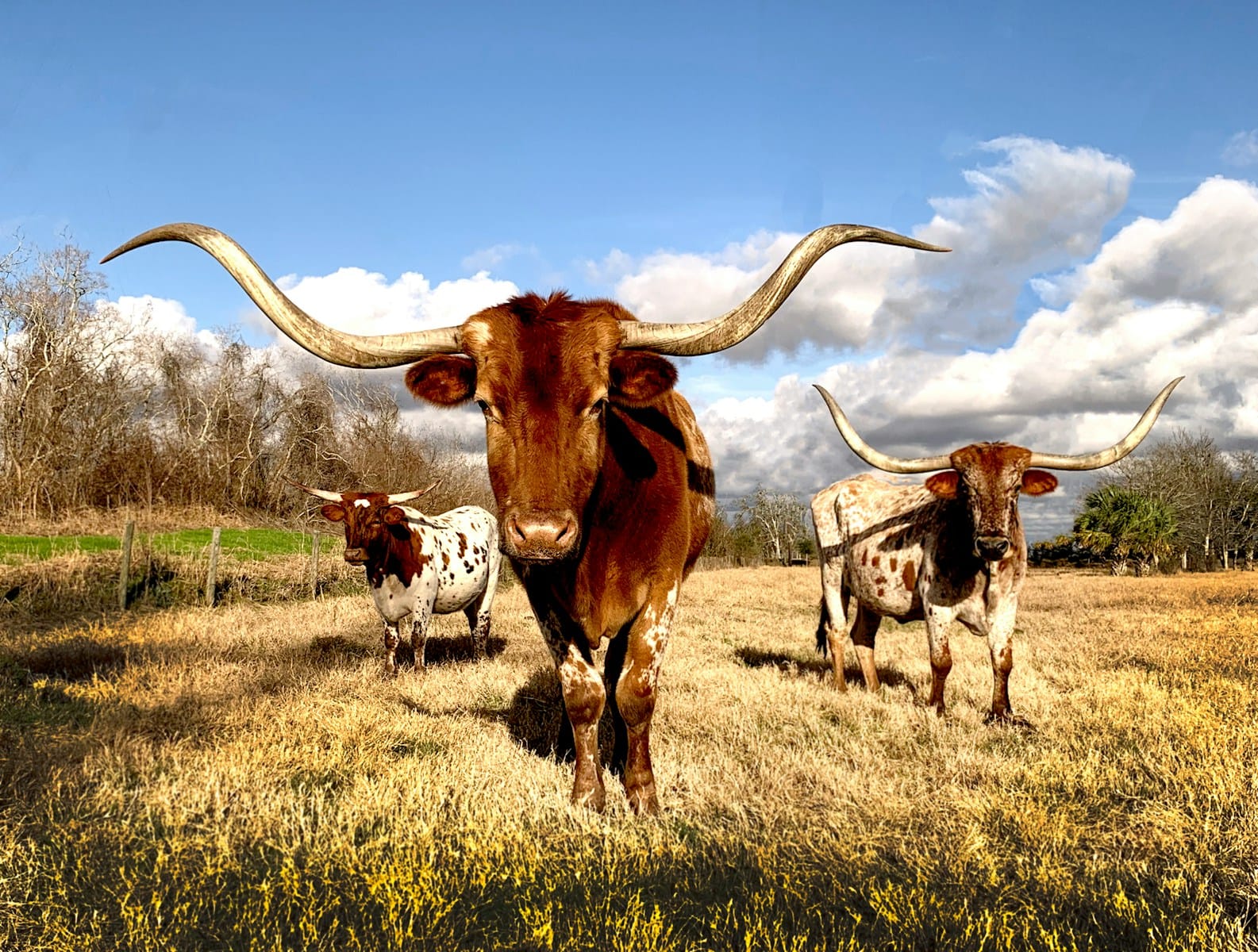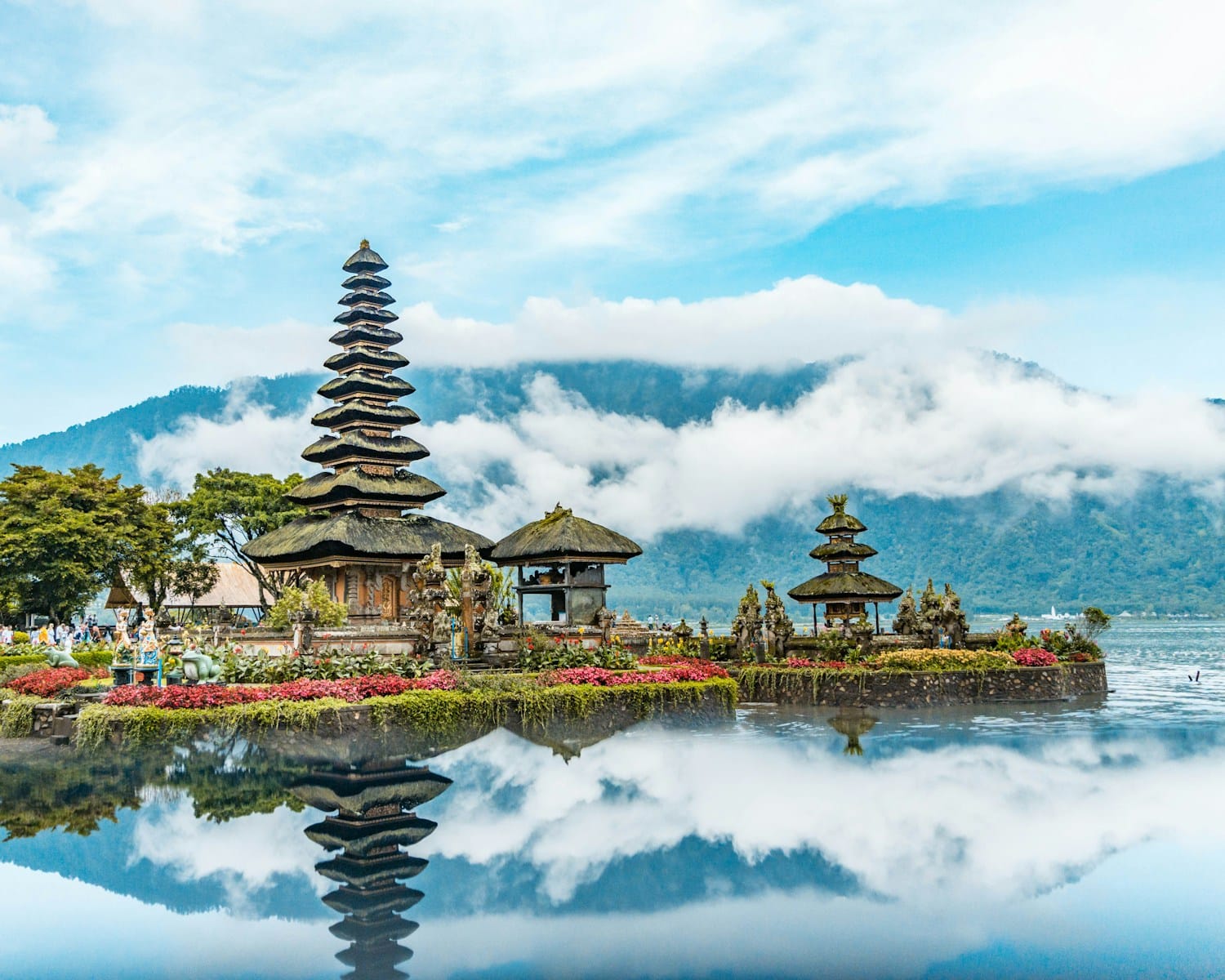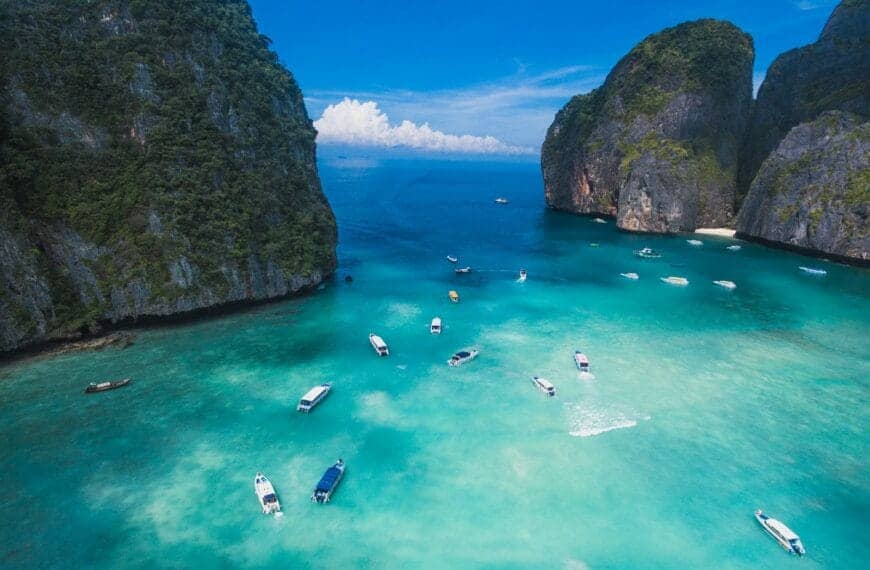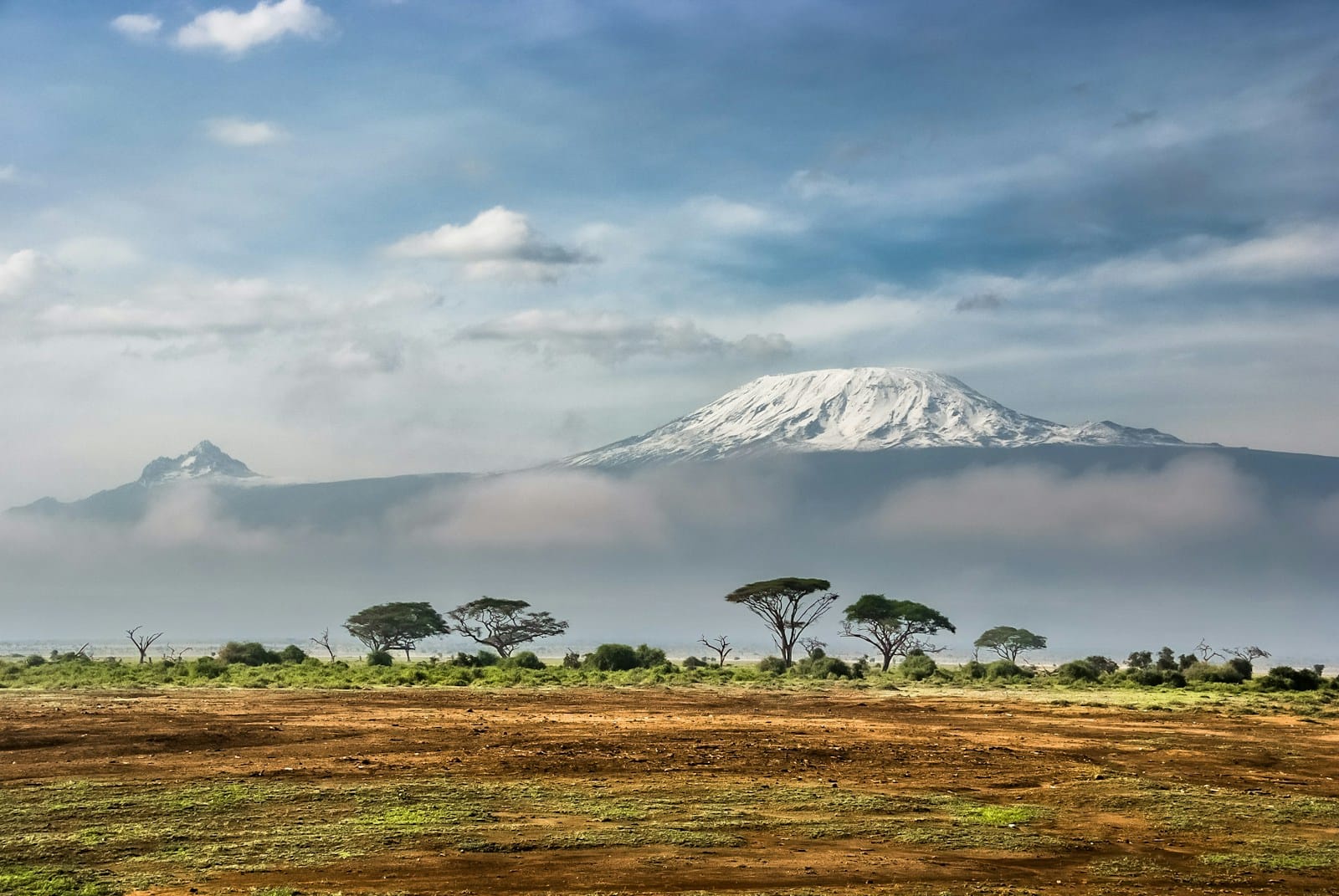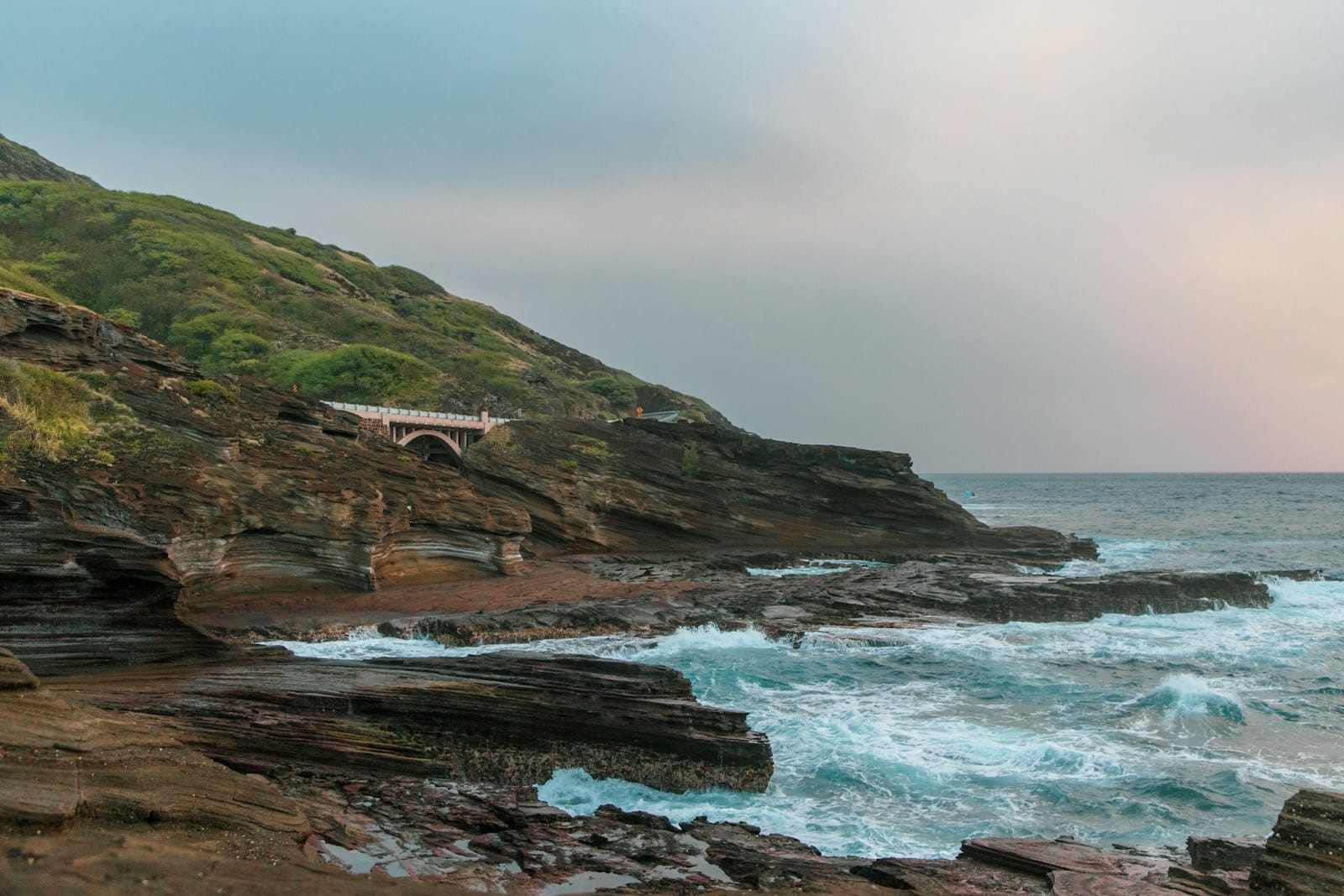Bolivia Travel Guide: High Altitudes, Salt Deserts & Living Culture
Intro to Bolivia Travel Guide
Start planning your journey with our complete Bolivia Travel Guide — from mirror-like salt flats and snowcapped peaks to Amazonian jungles and Indigenous traditions that shape everyday life.
Bolivia is one of South America’s most adventurous and authentic destinations. Landlocked but limitless in experience, it offers some of the world’s most surreal landscapes, from the Salar de Uyuni to Lake Titicaca’s island communities. Rich in Indigenous heritage, high-altitude cities, and biodiversity, Bolivia remains a place where ancient beliefs, Andean hospitality, and untamed nature meet. Whether you’re chasing llamas across the Altiplano or descending into jungle canopies, Bolivia dares you to feel alive.
Explore immersive Bolivia tours and discover unforgettable things to do in Bolivia — from shamanic lake rituals and flamingo-dotted deserts to jungle treks and silver mine descents.
Where to Go in Bolivia
Beni | Chuquisaca | Cochabamba | La Paz | Oruro | Pando | Potosí | Santa Cruz | Tarija
💡Quick Facts:
Continent: South America
Country: Plurinational State of Bolivia
Area: 1,098,581 km²
Population: ~12 million (2024 est.)
Density: ~11 people/km²
Capital(s): Sucre (constitutional), La Paz (administrative/governmental)
Regions/Subregions: 9 departments – La Paz, Cochabamba, Santa Cruz, Oruro, Potosí, Chuquisaca, Tarija, Beni, Pando
Language(s): Spanish (official), Quechua, Aymara, and 30+ indigenous languages
Currency: Boliviano (BOB)
Time Zone: BOT (UTC–4)
Airports: LPB (El Alto/La Paz), VVI (Santa Cruz), CBB (Cochabamba), CIJ (Cobija), TJA (Tarija)
Climate: Varied – from Andean highlands and salt flats to tropical Amazon basin
Known For: Salar de Uyuni, Lake Titicaca, Andes mountains, Amazon rainforest, indigenous cultures, colorful markets, political history
🛂Arrival Info:
Visa-free for up to 90 days for travelers from most countries in the Americas, EU, UK, Japan, and select others
Visa on arrival or eVisa available for many other nationalities
U.S. citizens currently require a visa on arrival or in advance (with reciprocity fee)
Passport must be valid for at least 6 months
Full details: Bolivian Consular Services
💉Health Info:
Yellow fever vaccine required if arriving from endemic countries or visiting the Amazon regions
Recommended: Hepatitis A, Typhoid, Tetanus, Hepatitis B, COVID-19
Altitude sickness is a common issue in La Paz, Potosí, and Uyuni — acclimatize slowly
Major cities have public and private hospitals; rural care is limited
Travel insurance with emergency evacuation is highly recommended
✅ Check travel insurance options for travel emergencies, delays, and medical needs abroad — get coverage here
✅ Stay Informed with Official Updates: World Health Organization – International Travel and Health | Travel health updates
🚨Travel Advisory:
Current level: Exercise Increased Caution due to occasional civil unrest and protests
Protests may block roads, airports, or border crossings — monitor local news and avoid large gatherings
Exercise caution on rural roads and during election seasons
✅ Stay Informed with Official Updates: US Travel Advisory | UK Foreign Travel Advice
📅Holidays:
Independence Day – August 6
Day of the Sea – March 23 (commemorates loss of coastline)
All Saints’ Day – November 1
Carnaval – February/March (movable)
Holy Week, Christmas, New Year’s Day – observed with national closures
Pachamama Day (Aug 1) and indigenous holidays are celebrated locally
💰Money Matters:
Currency: Boliviano (BOB)
ATMs available in cities; carry cash for rural areas
U.S. dollars accepted in some hotels/tour offices
Credit cards accepted in cities, but not common in smaller towns
Tipping: 5–10% in restaurants; not expected but appreciated
Duty-Free (for travelers entering Bolivia):
Alcohol: 1 liter
Tobacco: 400 cigarettes
Goods: Personal use only; strict on electronics
✈️Airports:
El Alto International Airport (LPB) – serves La Paz, world’s highest commercial airport (~4,061m)
Viru Viru International Airport (VVI) – Santa Cruz, Bolivia’s busiest and most connected airport
Other major airports: Cochabamba (CBB), Sucre (SRE), Tarija (TJA)
Domestic carriers: BOA (Boliviana de Aviación), EcoJet, Amaszonas
Inter-city flights are often more efficient than road travel
✅ Delayed or canceled flight? Check if you’re eligible for compensation
🚍Transport:
Buses are the main mode of transport — ranges from luxury to basic; roads can be rough
Shared vans (trufis) and micros operate in most towns
La Paz Teleférico: Cable car network with stunning city views
Taxis available but negotiate fare in advance or use app-based services (e.g., Easy Taxi, in major cities)
Car rentals not recommended due to road and altitude conditions
✅ Book reliable airport transfers and in-city rides in advance. Reserve your ride here
📶Connectivity:
SIM cards available from Entel, Tigo, and Viva with passport
Coverage is good in cities, limited in highlands and Amazon areas
Wi-Fi in hotels and cafés, but speeds vary — rural regions often have no service
eSIM support is limited
Use offline maps and download information before going remote (e.g., Uyuni, Rurrenabaque)
✅ Stay connected abroad with affordable eSIM data packs. Get your eSIM here
📜Laws & Etiquette:
Legal drinking age: 18
Public intoxication and drug use (especially coca derivatives) are strictly regulated
Coca leaves are legal and culturally significant — do not attempt to export them
Respect indigenous traditions and dress codes at sacred sites
LGBTQ+ travelers are welcomed in urban areas, though visibility is low outside cities
🛡️Emergency Info:
Emergency Numbers:
Police: 110
Ambulance: 118
Fire: 119
Embassies and consulates in La Paz and Santa Cruz
Travel insurance is essential due to altitude, infrastructure, and rural healthcare limitations
Include affiliate travel insurance link here for bookings
✅ Use embassy locator tools: Embassies Worldwide
🌦️Weather:
Andean Highlands (La Paz, Potosí, Uyuni): Cold, dry winters (May–Sep); rainy summer (Nov–Mar)
Amazon & lowlands (Rurrenabaque, Santa Cruz): Hot, humid, year-round rain
Salar de Uyuni: Dry season (Apr–Nov) ideal for access; rainy season (Jan–Mar) creates mirror effect
Best time for trekking and altitude travel: May to October
✅ Stay prepared—check the weather forecast for your destination — Weather Forecast
Bolivia by Region – Where to Go
Bolivia is divided into nine departments, each offering diverse geography, Indigenous cultures, and unique travel rewards.
La Paz (Andean Highlands)
- La Paz City: One of the world’s highest capitals, with cable cars floating over cliffs, markets spilling into streets, and access to the surreal Valle de la Luna.
- Tiwanaku: Ancient archaeological complex pre-dating the Incas.
- Coroico & Yungas Road: A dramatic drive from high mountains into lush jungle.
Potosí Department
- Potosí: A colonial mining city at 4,000m with Cerro Rico silver mines and haunting history.
- Uyuni: Gateway to the Salar de Uyuni, the world’s largest salt flat — an otherworldly photo and stargazing destination.
Oruro Department
- Oruro: Known for the vibrant Carnaval de Oruro — one of South America’s top festivals.
- Sajama National Park: Towering volcanoes, hot springs, and traditional Aymara villages.
Cochabamba Department
- Cochabamba: Known as the city of eternal spring, with a mellow vibe and rich culinary scene.
- Toro Toro National Park: Fossilized dinosaur tracks, caves, and deep canyons.
Santa Cruz Department
- Santa Cruz de la Sierra: Bolivia’s largest city, tropical and cosmopolitan with gateway access to the Amazon and Jesuit Missions.
- Amboró National Park: Where the Andes meet the Amazon — teeming with wildlife.
Chuquisaca Department
- Sucre: Bolivia’s official capital and most beautiful colonial city, rich in museums and independence history.
Beni Department (Northern Lowlands)
- Trinidad: River-based culture and access to pampas and rainforest ecosystems.
Pando Department (Amazonian North)
- Cobija: Remote and heavily forested — excellent for off-the-beaten-track jungle tours.
Tarija Department (Southern Valleys)
- Tarija: Bolivia’s wine region, nestled among rolling hills with mild weather and boutique vineyards.
Top Places to Visit in Bolivia
Iconic Landscapes
- Salar de Uyuni – A vast, blinding-white salt desert perfect for perspective photography and starry nights.
- Lake Titicaca – Sacred Inca lake straddling Bolivia and Peru, dotted with islands like Isla del Sol.
- Valle de la Luna – Lunar-like clay formations on the outskirts of La Paz.
Cultural Cities
- La Paz – A dramatic city in a canyon with world’s highest cable car system.
- Sucre – White-washed colonial buildings, leafy plazas, and artisan markets.
- Potosí – Mining legacy and dramatic mountain setting.
Nature & Wildlife Escapes
- Madidi National Park – One of the most biodiverse places on Earth.
- Sajama National Park – Volcanoes, flamingos, and high-altitude beauty.
- Amboró National Park – Where jaguars roam and orchids bloom.
How to Choose Where to Go in Bolivia
Want epic landscapes and photo ops? Start with Salar de Uyuni and its 3-day jeep tour to colorful lagoons, geysers, and desert formations. For Indigenous heritage and highland life, base in La Paz and explore Lake Titicaca or Tiwanaku. Prefer jungle adventures? Head to Rurrenabaque for access to Madidi National Park or the pampas.
Pairings to consider:
- La Paz + Uyuni – Iconic Andean route with stark contrasts
- Sucre + Potosí – History, museums, and mining culture
- Santa Cruz + Amboró – Amazon biodiversity with urban comfort
- Tarija + Tupiza – Wine tours and red rock deserts
How to Get Around Bolivia
- Domestic Flights
Quickest way to reach distant regions. Airlines like Amaszonas and EcoJet connect major cities. - Buses
Affordable but often long and bumpy. Night buses are common, especially between La Paz–Uyuni or Sucre–La Paz. - Minibuses & Trufis
Shared vans are common for regional travel — cheap and frequent, but often crowded. - Trains
Few routes, but scenic options exist (e.g., Oruro to Uyuni or Santa Cruz to the Brazilian border). - Private Transfers & Tours
Recommended for Uyuni multi-day tours or jungle excursions from Rurrenabaque.
Travel Budget & Costs in Bolivia
Bolivia is one of South America’s most budget-friendly destinations.
Daily Budget Estimates
- Budget: $25–$40 (hostels, market meals, buses)
- Mid-range: $50–$100 (hotels, local flights, guided tours)
- Luxury: $150+ (boutique stays, private drivers, upscale dining)
Sample Costs
- 3-day Uyuni tour: $120–$200
- Domestic flight: $40–$100
- Market meal: $2–$5
- Museum entry: $1–$3
Money Tips
- Bring cash — many towns lack reliable ATMs.
- Carry small bills for buses, markets, and local eateries.
- USD is accepted in some places but not guaranteed.
Best Time to Visit Bolivia
Dry Season (May–Oct)
Best for trekking, Uyuni tours, and highland travel. Cool and clear, especially June–August.
Wet Season (Nov–March)
Rains bring green landscapes and the Uyuni “mirror effect” — stunning reflections on the flooded salt flats. Jungle tours are still possible but paths may be muddy.
Festivals
- Carnaval de Oruro (Feb) – UNESCO-recognized explosion of costumes and dance
- Alasitas (Jan) – Miniature fair in La Paz celebrating abundance
Must-See Experiences in Bolivia
- 4×4 tour across Salar de Uyuni, from salt plains to blood-red lagoons
- Sail on Lake Titicaca, visit Isla del Sol’s ancient trails and terraced farms
- Ride the Mi Teleférico in La Paz — the highest cable car system in the world
- Descend into Cerro Rico, the legendary silver mine that shaped empires
- Spot jaguars and macaws in Madidi, one of Earth’s most biodiverse zones
- Hike to dinosaur footprints in Toro Toro National Park
- Attend Carnaval in Oruro, a riot of folklore and music
- Sip wine in Tarija, Bolivia’s southern vineyard region
Book immersive Bolivia tours and experience unforgettable things to do in Bolivia — from ancient mountain rituals and jungle wildlife safaris to salt desert crossings and Andean festivals.
Best Travel Itineraries in Bolivia
7-Day Andes + Uyuni Route
- Day 1–2: La Paz + Valle de la Luna
- Day 3–4: Uyuni (3-day salt flat tour)
- Day 5: Return via Potosí
- Day 6–7: Sucre (colonial charm)
10-Day Andes to Amazon
- La Paz → Rurrenabaque (Madidi jungle tour) → Tiwanaku → Uyuni
- Great balance of altitude and biodiversity
14-Day Deep Dive
- La Paz → Lake Titicaca → Sucre → Potosí → Uyuni → Tupiza → Tarija → Santa Cruz
- Covers history, nature, wine, and both highlands and lowlands
Local Cuisine & Culinary Experiences
Must-Try Dishes
- Salteñas – Baked empanadas with sweet-spicy meat or veggie filling
- Pique a lo Macho – Hearty mix of beef, fries, sausages, peppers
- Sopa de Maní – Creamy peanut soup often served with fries
- Silpancho – Flattened beef over rice, potatoes, and fried egg
- Chicharrón de Cerdo – Fried pork with mote (hominy corn)
- Api & Buñuelos – Hot spiced corn drink with sweet fritters
Foodie Experiences
- Sucre market eats and fruit juices
- La Paz’s Gustu restaurant (fine dining with local ingredients)
- Tarija vineyard tastings
- Cochabamba’s food scene — considered Bolivia’s culinary capital
Taste your way through Bolivia with highland stews, Amazonian fruits, and centuries-old Indigenous cooking traditions.
Travel Safety & Cultural Etiquette in Bolivia
Safety
Overall safe, but use caution in urban bus terminals and markets. Altitude can be a health concern — ascend gradually and stay hydrated.
Cultural Tips
- Greet respectfully; formal speech is appreciated
- Ask before taking photos of people, especially in rural areas
- Avoid political discussions in public
- Dress modestly in Indigenous or religious areas
Where to Go Next – Pair Bolivia with These Destinations
- Peru: Easy overland routes via Lake Titicaca to Cusco and Machu Picchu
- Chile: Enter through Uyuni into San Pedro de Atacama desert
- Argentina: Connect from Tarija or Tupiza to Salta or Jujuy
- Brazil: Fly from Santa Cruz or Cobija into western Brazil
The Journey Doesn’t End Here, Explore more:
Peru Travel Guide | Chile Travel Guide | Argentina Travel Guide | South America Travel Guide
Final Planning Checklist for Bolivia
- Finalize itinerary with highland + lowland balance for altitude adjustment
- Book Uyuni and Amazon tours in advance, especially in high season
- Pack layers — expect cold nights in the Andes, heat in the Amazon
- Bring altitude meds or coca tea for acclimatization
- Download maps and offline translators — remote areas have limited signal
- Carry local currency in small denominations
- Bring headlamps, sunscreen, and reusable water bottles
- Respect Indigenous traditions and sacred sites
Explore Bolivia with confidence using our trusted tips, local insights, and region-by-region planning tools.
For more expert travel tips, practical strategies, and trusted tools — visit our Homepage and get inspired for your next trip.

